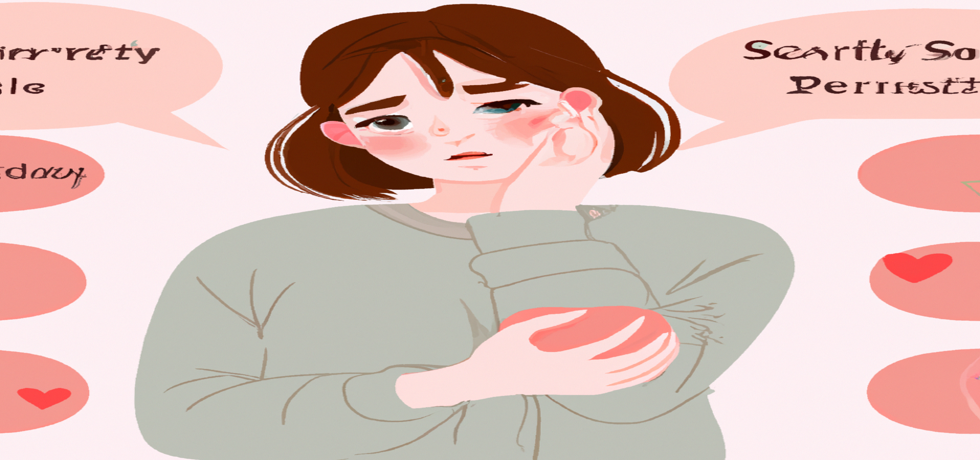
The Skin Conundrum: Solving the Mystery of Contact Dermatitis
Understanding Contact Dermatitis
Recognizing the Symptoms
Common Causes and Triggers
Irritant contact dermatitis results from repeated exposure to harsh substances such as soaps, chemicals, or even water. On the other hand, allergic contact dermatitis occurs when the skin becomes sensitized to a specific allergen, which could be anything from jewelry containing nickel to certain plants. Identifying these triggers is an essential step in managing and preventing flare-ups.
Effective Treatment Strategies
Taking steps to maintain skin barrier integrity is also vital. Regular moisturization can help strengthen the skin and reduce the frequency of flare-ups.
Prevention Tips
1. Identify and avoid known irritants and allergens.
2. Opt for fragrance-free personal care products.
3. Wear protective clothing when dealing with potential hazards.
4. Maintain good skin hygiene without over-washing, which can lead to dryness.
Keeping a skin diary can also help track reactions and identify potential triggers over time.
Frequently Asked Questions
No, contact dermatitis is not contagious. It arises from exposure to irritating substances or allergens and cannot be transmitted from person to person.
Can contact dermatitis be treated at home?
While mild cases can be managed at home with over-the-counter creams and avoiding triggers, more severe reactions should be evaluated by a skincare professional.
Conclusion
For professional assistance and expert advice from leading dermatologists like Dr. Hital Patel, experience the benefits of solving the mystery of contact dermatitis with Hair & Skin Specialist Dr. Hital Patel at [The Skin Artistry](https://theskinartistry.com/). Our clinics in PDPU Gandhinagar, Vastrapur Ahmedabad, and Hyderabad offer top-quality care and personalized treatments. Visit us today to learn more about our services and take advantage of our special offers! For more insights, updates, or to collaborate, stay connected with [The Skin Artistry](https://theskinartistry.com/).

